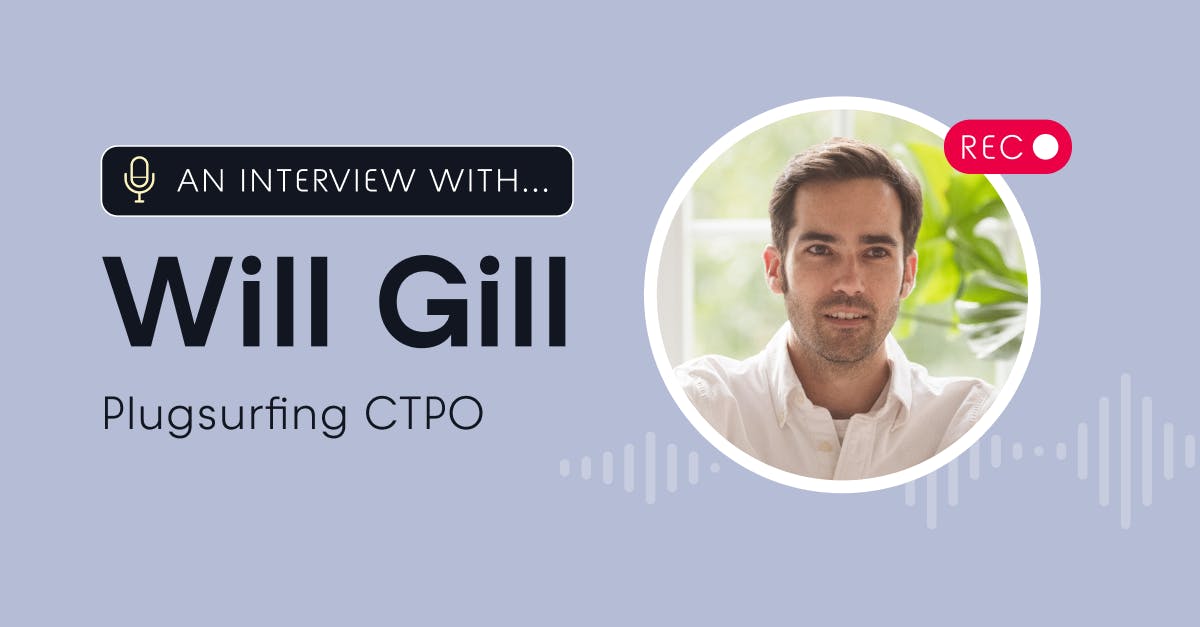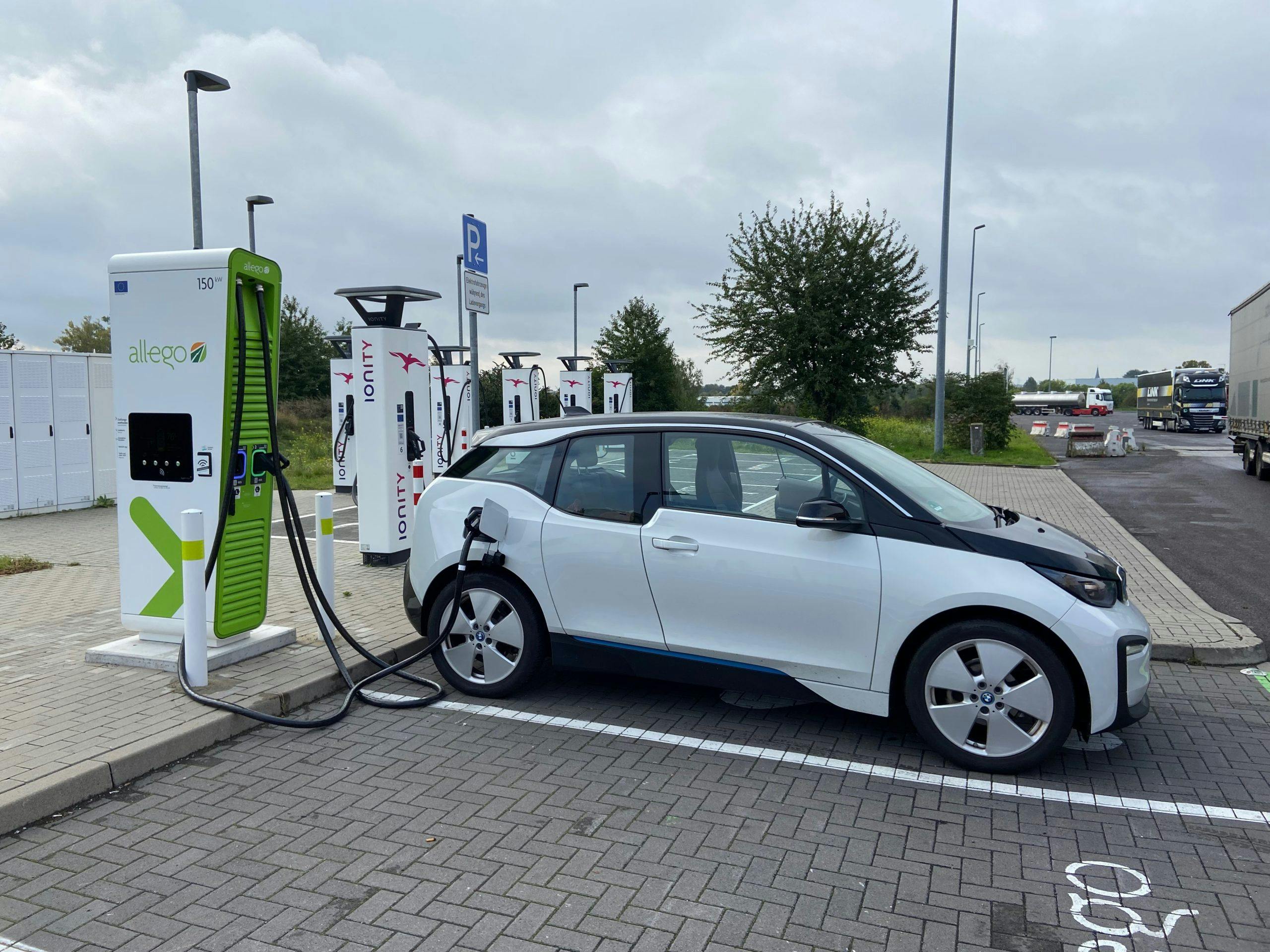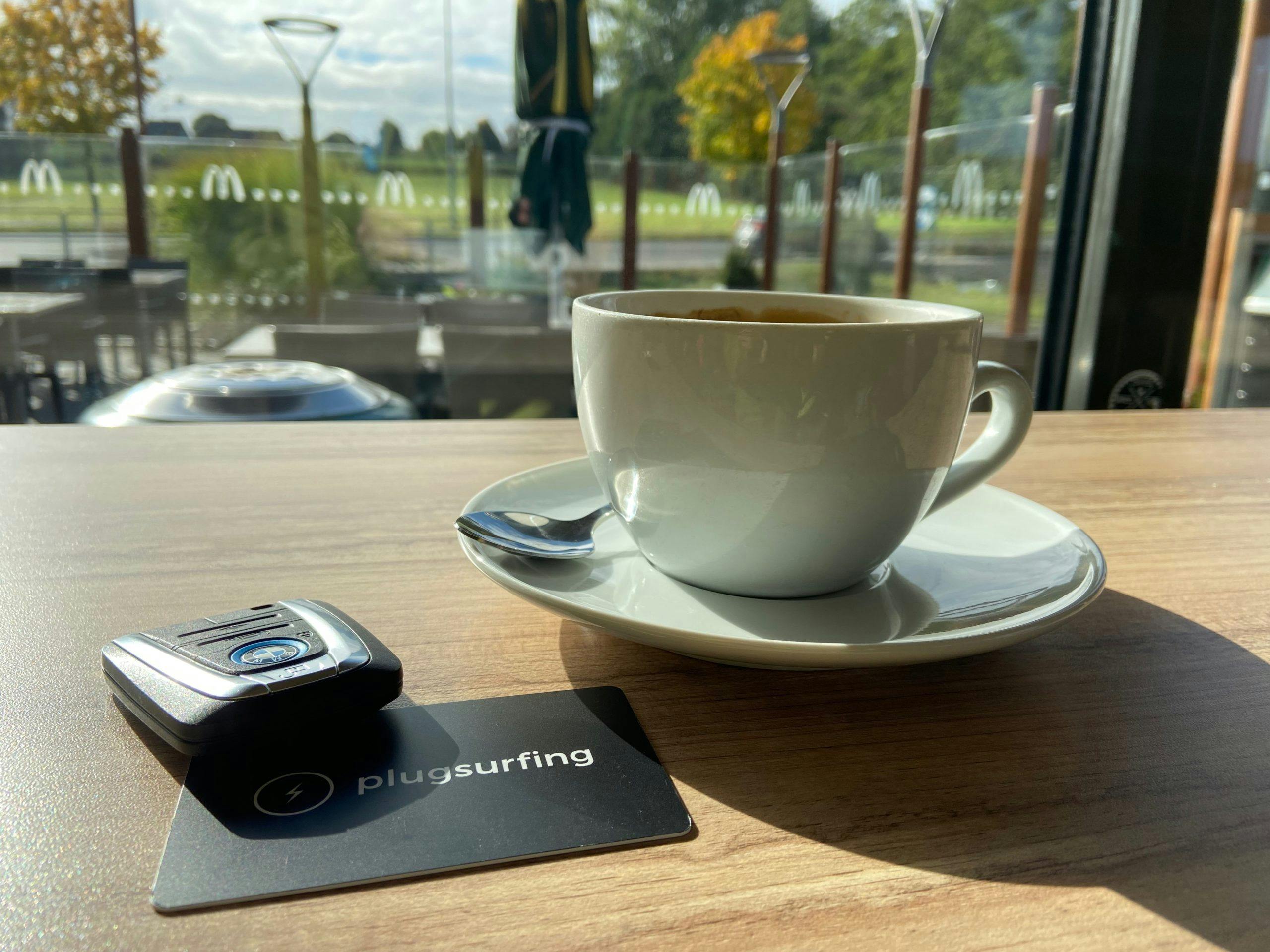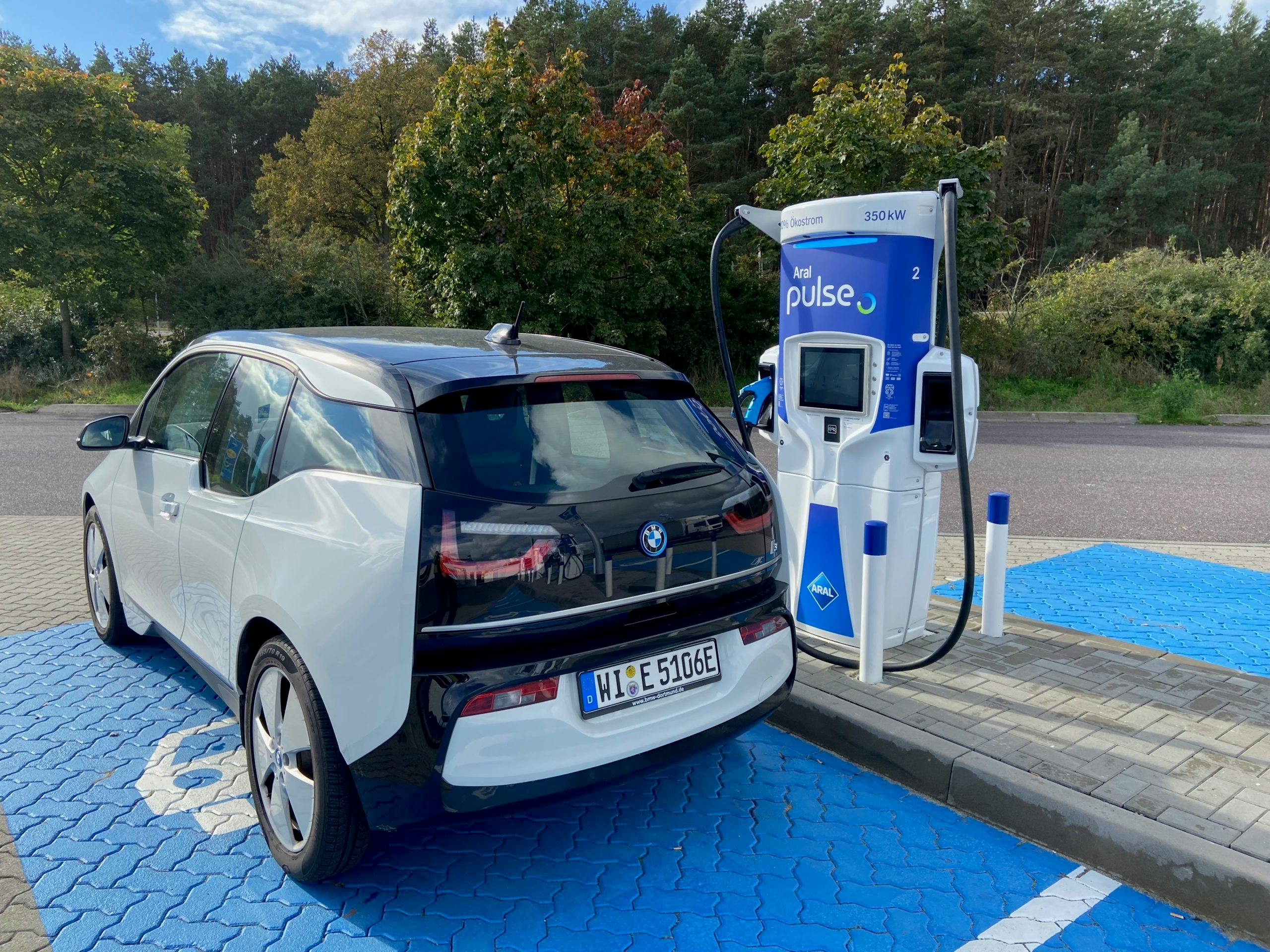
I heard you took a road trip recently with your EV. What car are you driving these days and where did you take it?
At the moment I’m driving a BMW i3, a little hatchback electric BMW. I think it is BMW’s first mainstream fully battery electric car, and it has been out for a few years now. It’s not ideal for road trips, but it charges at up to 50 kilowatts which is fast enough to charge that little battery.
I went to the Harz region, a hilly mountainous part of northern central Germany around 300 kilometers from Berlin. My family was already there, and I caught up with them to go hiking.
That’s a bit off the beaten path and probably out of range for your i3. Clearly you were planning the route beforehand and considering where to charge. Did you end up choosing the charging spots that you thought you would?
I was surprised at the quality of charging options along the autobahn, so I mostly stuck to charging on the autobahn. The first place I stopped was a McDonald’s with an Allego charger. Some mechanics happened to be servicing the charger, so in theory it should have been marked as not available on the app, but it unfortunately wasn’t.

So, I went on to the next one. There was a supermarket nearby, so I got some supplies for the apartment and had something to eat while the car charged. And then by the time I finished running my errands the car was 90 to 95 percent charged, so it was perfect.
The second round of charging also didn’t work out as planned. There was only a single connector, which was occupied, and there was already a car waiting. So, I carried on to the next option which had a few more connectors and they were all available.

Sounds like you managed to make the first leg of the road trip work out. You grew up in the Australian Outback, right? Obviously, this is a very remote place to spend childhood. How do you think it shaped your view on mobility?
Cars in Australia are a part of the culture, part of the psyche, part of your identity. I’m sure it’s the same in the US, for example, and to an extent here in Germany as well. That depends on where you are. So, I’ve always considered car ownership to be a given.
What a car provides is the freedom to move. I want to know I have that possibility, even if I don’t need it in the moment. I like to have the freedom to just get in it and go wherever I want, by myself, not accountable to anybody or anything.
Freedom sounds important and central here. What is needed in a mobility product to provide this to drivers?
Drivers expect mobility products to be up-to-date and one hundred percent accurate. For Plugsurfing, it’s not just enough to have locations of charging points, we need to provide information on charging speed and availability. But availability and reliability are not as straightforward as you would think – they are steeped in contextual details.
For example, drivers want to know when the last time was that someone charged at a given point. It’s important for them to know this because it’s then more likely to work, and they feel they can trust the information. Other questions are, where is it exactly? How do I get to it? Can I park there? What can I do while I’m charging? Is there a waiting area? All this information needs to be in a charging product, in Plugsurfing, to provide true freedom to the driver.
You’ve just mentioned the types of things that need to be developed to really meet the expectations of drivers and deliver on the promise of a carefree drive. How does the Plugsurfing Power Platform solve for these needs?
The first thing we do is make sure that we have broad coverage, to connect as many operators to our network as possible. And we do have one of the broadest networks in Europe.
But what’s more important than the quantity is the quality, as we talked about before. The Plugsurfing Power Platform provides rich contextual information like the ability to see in advance if a charger is vacant or not. You’ll see how much it is going to cost. Already today in some places, like the Nordics, there’ll be virtual queuing for chargers. We have that dynamic information from the Charge Point Operators connected directly to our platform. We also work very hard to convince our roaming operator partners to share that information.

And what are some things that are planned for the future of the Plugsurfing Power Platform?
We’ve got a lot planned. Now that we’ve successfully traversed our recent technical migration, we’re able to set our eyes on the future-facing product strategy. Our focus is toward data quality and trust problems. I already mentioned how important contextual information is for drivers. We aim to take this data and use it to create an algorithm for a trust score. It goes beyond location and feeds in other relevant elements, such as correct tariffs and status information from the CPO.
We also aim to simplify roaming. The industry’s legacy roaming setup is overcomplicated, both for providers like Plugsurfing and for CPOs. It needs to be really simple, in drag-and-drop fashion, to set up one connection. Agreements should be configurable directly on our platform.
Another top priority is to improve the tools for our CPO customers, to help them operate and analyze their charging networks with low latency. We’re making more tools to set prices and find locations. This will also help our EMP and carmaker customers provide a great charging experience for their drivers. It’s all about building a better end-user experience.
The industry is growing rapidly and messages tend to get lost in translation across the value chain. What would be a last thing you would like to say to the broader emobility industry in Europe?
One thing that we need to figure out as an industry is how to keep the investment level in infrastructure at pace with the number of cars being sold. This is particularly important as we move closer to the targets that many EU countries have set around the phase out of internal combustion vehicles. I think the investment level of highway, long-distance fast charging is already high.
For charging to really work, and to scale, we need destination charging. Charging at the supermarket, at the mall, at the drugstores… that’s where I don’t see enough investment happening. This will give people, particularly who don’t have home charging, the ability to charge comfortably without it becoming a real hassle. We need more incentives for location owners and CPOs to engage in this kind of investment.
To learn more about the Plugsurfing Power Platform and how we can support your business expansion, get in touch with Will and our team.

